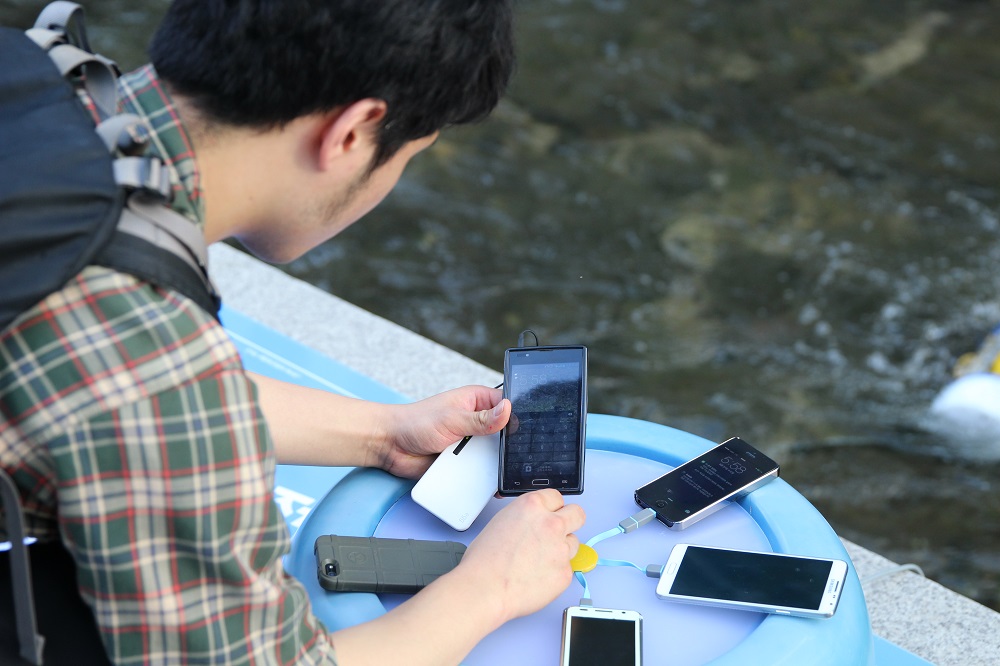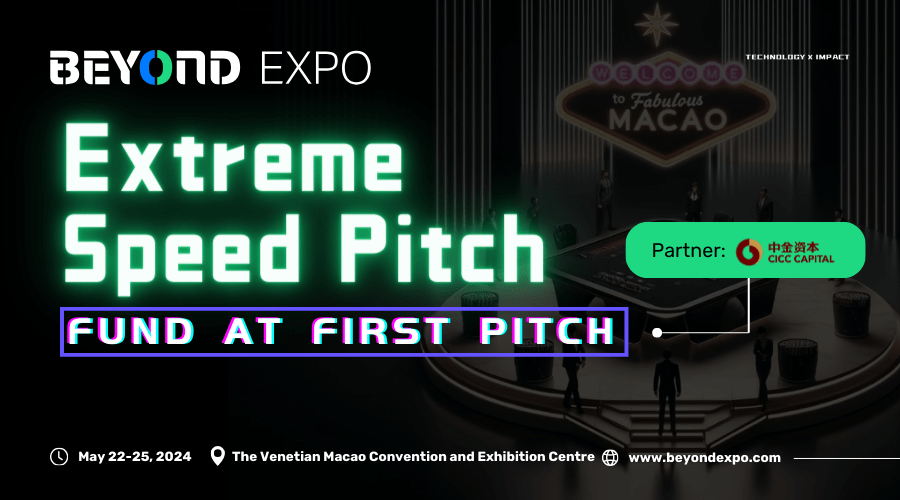
ENOMAD set up a free smartphone charging station in the heart of Seoul over the summer to test their hydro-power technology.
Last summer, crowds gathered around the free smartphone charging station set up near Chungye-stream in the heart of Korea’s capital. The service was developed by ENOMAD a local startup and attracts people with music during the day and lights after it gets dark. We met up with the team do discover more about how they are ‘bringing electricity to places without wires’.
Q. please introduce ENOMAD.
A. In the developed world we take electricity for granted, but on a backpacking trip to India, I realized there are still many regions that don’t have electricity. Having to depend on a single candle taught me that we need to consider how to bring light to the darkest corners of the world.
Renewable energy, using solar and tidal power is very feasible but isn't effectively used in the developing world. We wanted to generate power for the unconnected millions and so we have begun to produce small scale generators that use the renewable power of rivers and streams.
Q. Which areas are you mainly targeting?
A. Ultimately, we are targeting developing regions. Developing regions lack basic wired infrastructure so actually smart phone adoption is relatively, but since energy sources are not sufficient, the cost of charging phones is extremely high. If we are able to bring low-cost power to remote areas we could effect a massive change on the lives of those who live off the grid.
Unfortunately though, we don't have the enough resources to realize our ultimate goal. As a first stage, we are targeting the camping market. The conditions are actually very similar to developing regions and the market is large enough that we are able to turn a reasonable profit.
Q. How did ENOMAD come into being?
A. To test the unit’s durability, we needed to test it for at least 3 months, but it was difficult to find the ‘wilderness conditions,’ close enough to our office in central Seoul. Then we found Chungye-stream near City Hall. It has a regular current and a high population of visitors made it possible to get detailed and valuable feedback. After a lengthy approval process Seoul Government permitted us to proceed with our tests.
Q. Since completing the Chung-Ma-So tests, what have you been working on?
A. Over three months of practical experience and user feedback we encountered a range of unexpected damage to the unit and wear-and-tear on the technology, as well as cosmetic design issues that need attention. Correcting these and strengthening the unit is our current focus.
Q. What specific enhancements does the unit need?
A. Firstly, we felt that there needs to be an improvement in the user interface. Since we are the developers we know how to use the device effectively, but users do not. For example, people believe that having the turbine half-submerged will make it run better but it reality, it needs to be completely submerged. Also Koreans have a tendency to ignore user manual. As this product can be difficult for users we have been looking for ways of simplifying the installation process.
Not only that, we need to develop an application. Service design is considered as well, because we are considering different deployment as consumers could use our products on different locations. Our product is not finished. It still has a far journey to take. There are many problems to solve.
Q. You said you are planning on a trip to the States. What is it for?
A. As we are targeting the camping market as a first stage of our company, the United States offers a great opportunity, as the camping market there is growing very rapidly. There are over 120,000 camping sites and about 500,000 people go camping every month. Additionally, American campers spend about 7 to 10 days out in the wilderness, making mobile electricity in remote areas that much more essential.
Q. Hydro-power doesn’t seem like a new concept. What makes ENOMAD unique?
A. Many companies are developing hydro-power solutions, but we don’t believe that other companies are utilizing it in the same way; bringing mobile electricity to remote locations. The opportunities for connectivity of course don’t stop there. Bringing mobile internet to remote areas could be a next step, by installing hydro-powered routers or bridges. Then camping sites or remote beaches could become outdoor offices, like you see in TV Ads for connected devices.
Q. Are there any unique challenges to building an energy-focused startup?
A. While around 30% of US-based startups focus on renewable energy or resource efficiency this is uncommon in Korea, where this type of startup is unknown. When talking about energy, most Koreans automatically think of massive power plants. So when we talk about renewable energy, conservation, and green energy, they just don't get it.
Q. ENOMAD seems like a very socially aware organization. Is this a fair assessment?
A. While many people think ENOMAD is a social venture, we did not have a social objective initially. We just wanted to do something that we were proud of and had sound values.
Q. What are your expectations for the market you are approaching?
A. We believe the market has very good potential. The portable solar energy and biomass industries have similar business models to ours and the volume of sales in these industries have increased 15,000% in past 3 years.
Additionally, I believe that our product could start a very interesting and diverse business. Companies like Verizon and AT&T spend an astronomical amount of money to install wired infrastructure in mountainous regions. But an efficient use of hydro power could cut the price to a 10th. I believe that the hydro power market has endless possibilities.
Q. Any last words?
A. Energy is only worth something when it is used. Therefore, we are always looking for new use cases for our technology, which can bring energy to places that have not had it in the past. There are many other areas that could benefit, such as 3D printing, IoT and so on. I’m excited by the opportunities.





